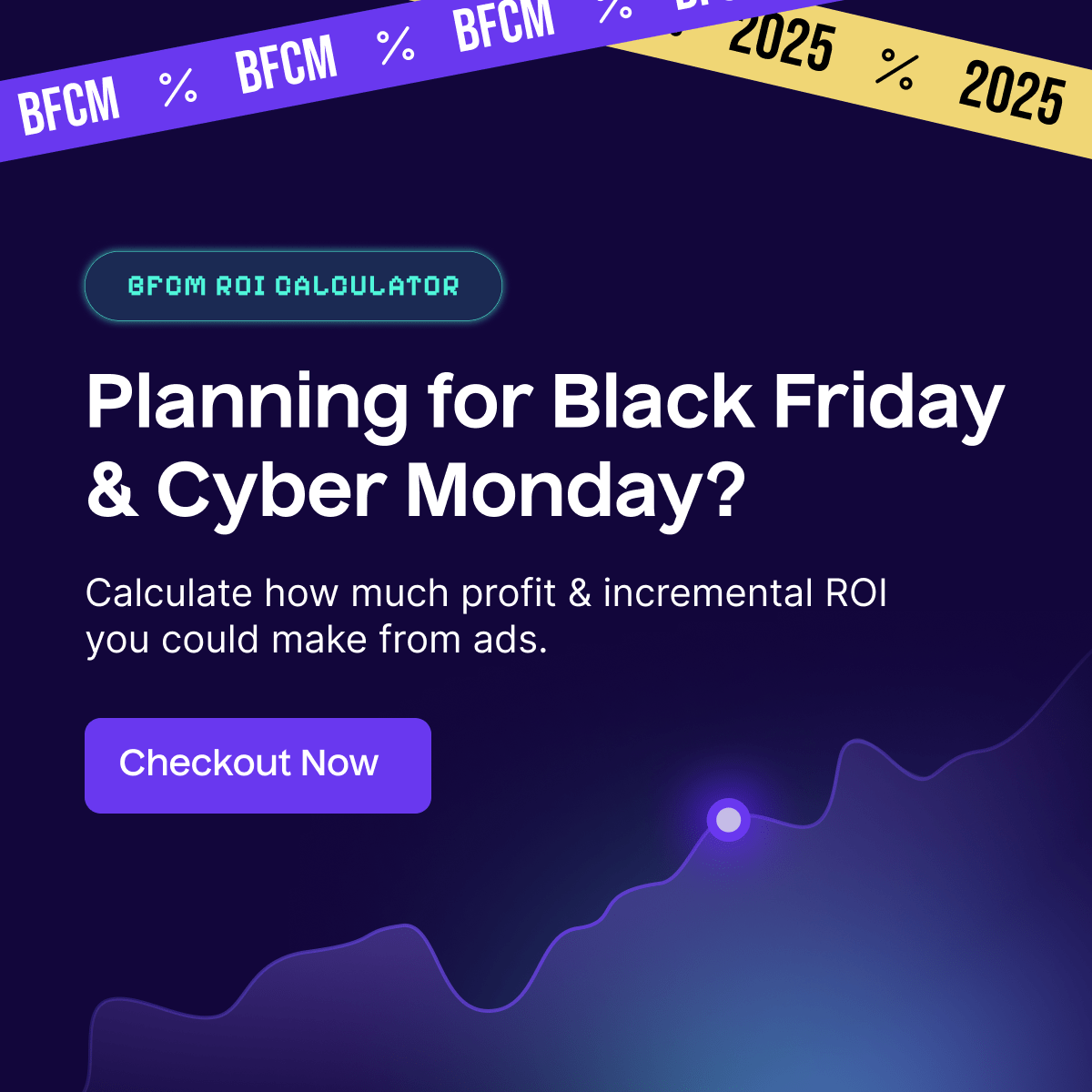What is Server to Server?
Server to server (S2S) is a type of network architecture where multiple servers communicate directly among themselves without any direct involvement from the clients or user devices. Typically, this type of framework is employed to enhance the load distribution among multiple servers and to ensure the quick transfer of data with less network latency.
In an ecommerce context, server to server (S2S) technology plays a crucial role in transmitting data and information regarding user activities, request handling, transaction processing, data syncing, and more. S2S setup is beneficial for high traffic ecommerce websites where it is important to keep multiple servers in sync for seamless operations.
Example
As an example, consider an ecommerce website that processes thousands of transactions every minute. In this situation, the website may have multiple servers handling various complete tasks – one for handling user requests, another for processing transactions, and another for storing user data. Here, S2S technology allows these servers to communicate and synchronize the data effectively, ensuring smooth operations and an optimal user experience.
Why is S2S important?
One could argue that server to server (S2S) technology is the backbone of modern ecommerce operations. Here’s why:
- Seamless operations: S2S technology ensures that multiple servers can communicate and handle large volumes of data simultaneously, resulting in seamless operations even during high traffic scenarios.
- Scalability: As the ecommerce business grows and traffic increases, the S2S technology allows adding more servers to the network without major infrastructure changes.
- Ensures consistency: S2S improves the consistency of operations by synchronizing all involved servers’ data.
Which factors impact S2S?
Efficient S2S can be achieved by utilizing cutting-edge technology and keeping an eye on the following factors:
- S2S Sync: All the servers in the network should be synchronized to ensure consistent data across all servers.
- Load balancing: Distributing work evenly among servers is pivotal to ensure maximum utilization and less downtime for any individual server.
- Check network latency: Regular checking and optimization of the network can also lead to better S2S operations.
How can S2S be improved?
Several factors impact server-to-server communication. These include the servers’ capacity, network bandwidth, the physical distance between the servers, network topology, the type of data being transferred, network security protocols, and so on.
What is S2S’s relationship with other metrics?
Server to server (S2S) has a direct impact on several ecommerce metrics. For instance:
- It affects website load time, which in turn impacts SEO rankings and user experience.
- It impacts real-time data syncing, which affects inventory management, pricing, and product availability information.
- Improves the performance of real-time customized recommendations, which positively impacts customer engagement and conversion rates.
Free essential resources for success
Discover more from Lifesight
























































